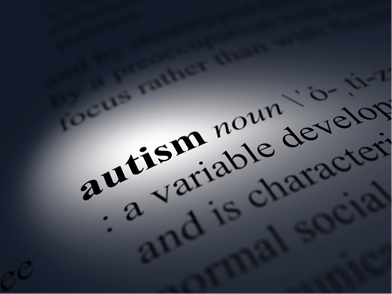Autism is a pervasive developmental disorder that is marked by the presence of impaired social interaction and communication and a restricted repertoire of activities and interests. According to the Centers for Disease Control and Prevention – CDC, the prevalence of autism has been estimated to affect 1 of every 68 children and is five times more common in boys than girls.
Children with autism show a great variance of symptoms, ranging from severe impairment in the use of nonverbal behaviors that regulate social interaction to a failure to develop peer relationships appropriate to age.

Their impairment in communication is also marked and sustained and can affect both verbal and nonverbal skills. Children with autism may have a delay in or a total lack of spoken language. In children who do speak, there may be a delay in the ability to sustain a conversation with others or a stereotypic and repetitive use of language.
Children with autism may also show a lack of varied, spontaneous make-believe play or social imitative play and often have restricted, repetitive and stereotyped patterns of activity.
Children with autism may have a range of behavioral symptoms, including hyperactivity, short attention span, impulsivity, aggressiveness, self-injurious behavior, and temper tantrums. They may show unusual responses to sensory stimuli as observed by a lack of response to pain or a hypersensitivity to particular sounds. In addition, children with autism often have unusual eating and sleeping habits and are described as being either agitated and irritable or aloof and detached.
Because autism is a severe, chronic developmental disorder that results in significant lifelong disability, the goal of treatment is to promote the child's social and language development and minimize behaviors that interfere with the child's functioning and learning. Intensive, sustained special education programs and behavior therapy early in life can increase the ability of the child with autism to acquire language and to learn.
Special education programs in highly structured environments appear to help the child acquire self-care, social, and job skills. Only in the past decade have studies shown positive outcomes for very young children with autism. Given the severity of the impairment, high intensity of service needs, and costs (both human and financial), there has been an ongoing search for effective treatment.